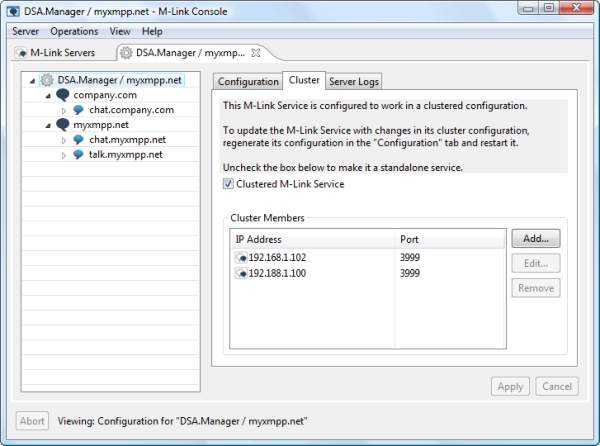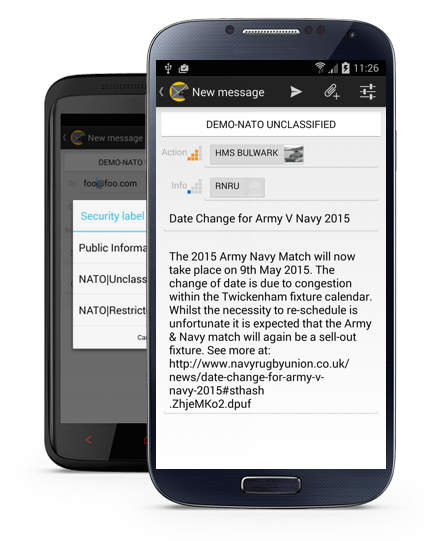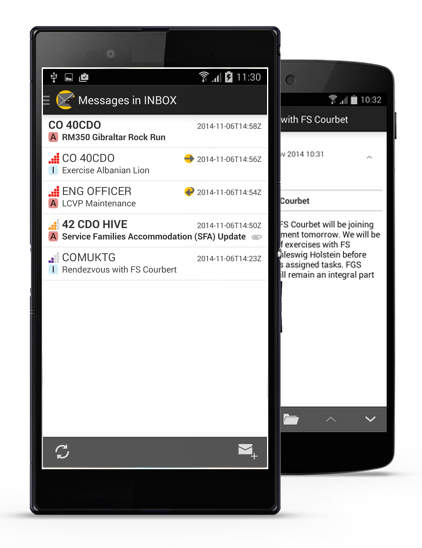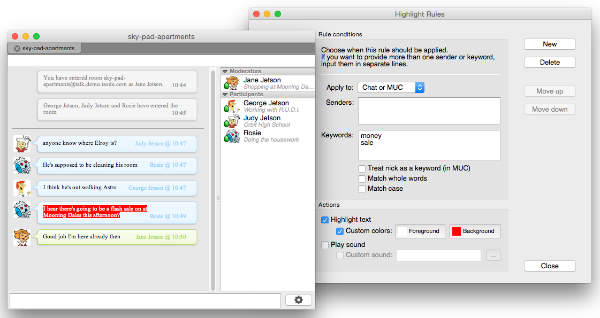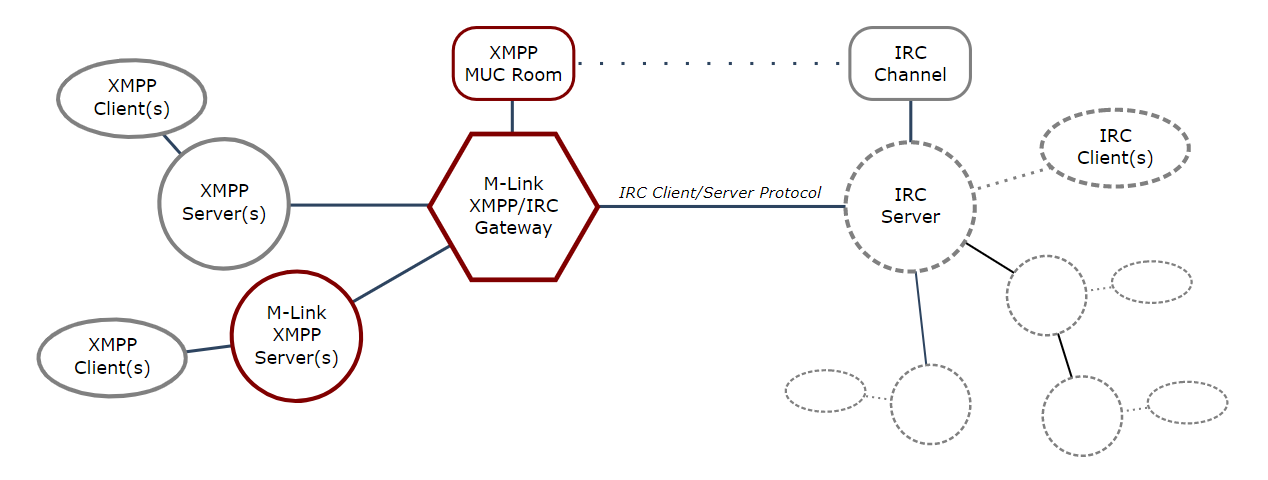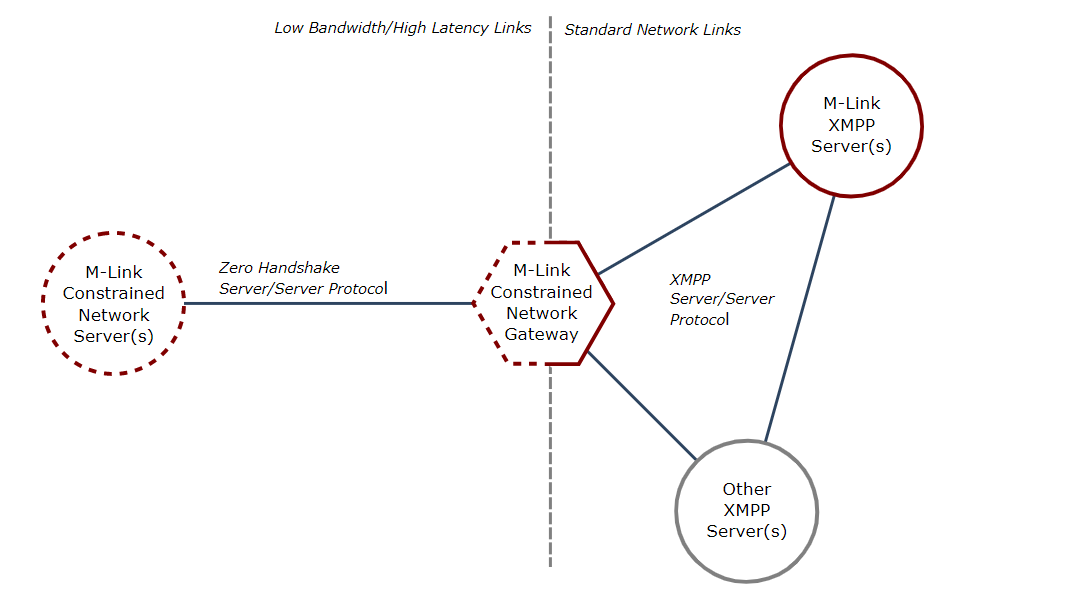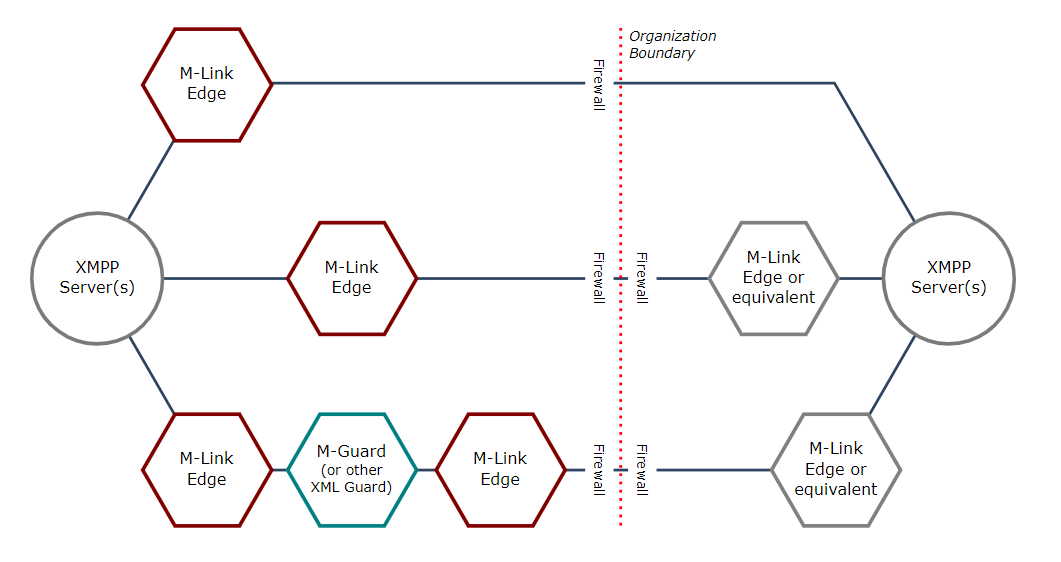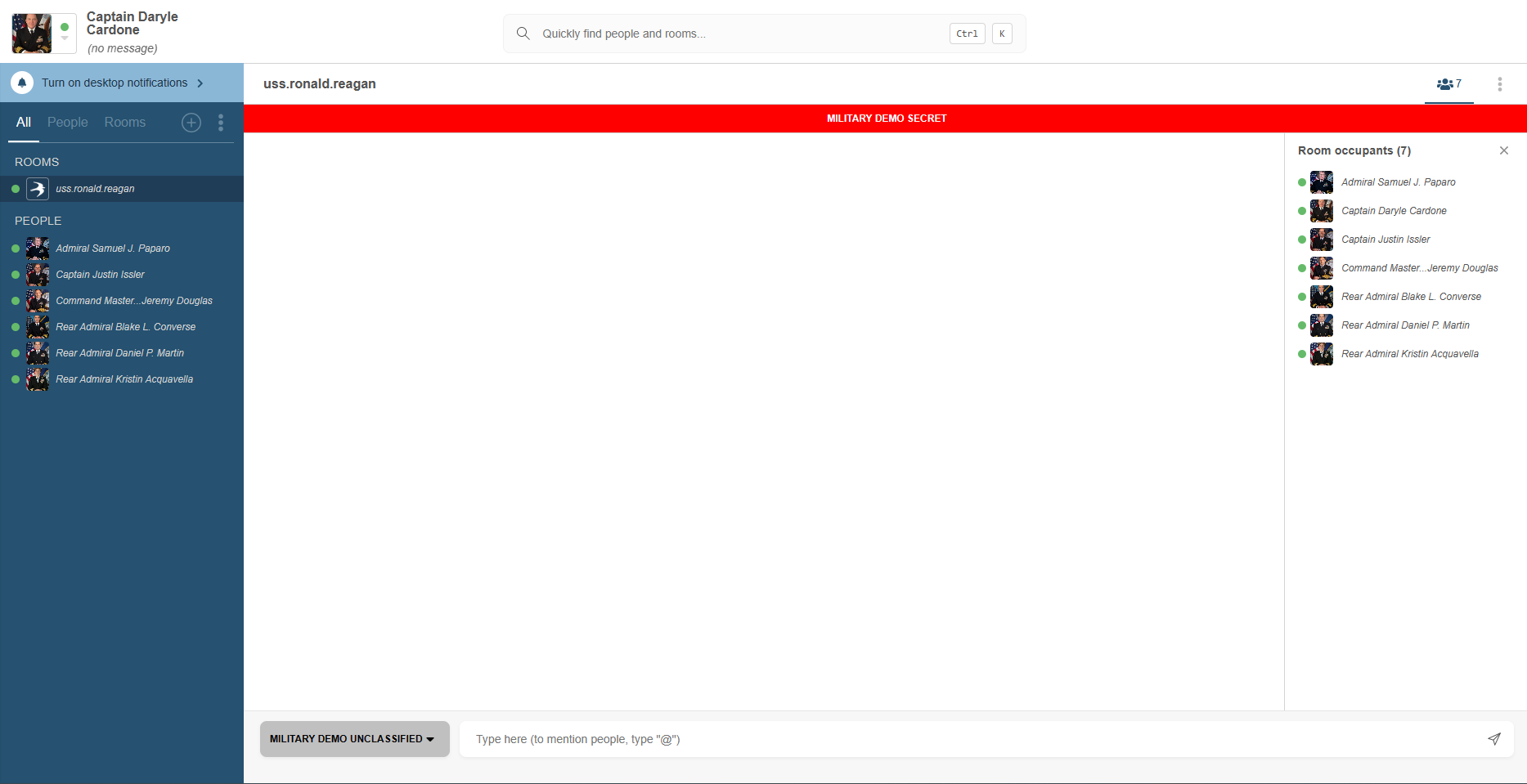
Since 2002, Isode has been developing and supporting commercial off-the-shelf (COTS) software for secure messaging. Our software is at the heart of great solutions, built in conjunction with our partners, for Military, Intelligence and Civil Aviation customers in over 150 countries.
Isode’s products include client, server and gateway software for Email Messaging, XMPP Instant Messaging, Directory and Constrained Networks.
Designed to work over both standard internet-quality links and over Constrained Network links (high-latency and/or low-bandwidth) such as SatCom, HF, VHF and UHF, Isode products are in service with Armies, Navies and Air Forces worldwide.
Email messaging services for use in constrained bandwidth environments
Isode provides email server, gateway and client products for military messaging using STANAG 4406, ACP127 and SMTP protocols, including gateways between these protocols following ACP145 and MIXER. Isode products are ideal for deployment in both standard and constrained bandwidth environments.
The company also provides clients, gateways and servers for deployment as part of a military email solution:
- ACP127: M-Switch products provide full support for ACP127 and related protocols, including ACP126, ACP128, JANAP128 and DOI103S.something about BRASS.
- STANAG 4406: Isode’s M-Switch X.400 includes full support for STANAG 4406 (including Annex E for Constrained Network Environments) and,
- ACP145: Isode M-Switch MIXER can, together with M-Vault (an ACP133 military directory) be configured as an ACP145 Gateway to convert between national variants of S4406.
- MMHS over SMTP: M-Switch SMTP can provide full military messaging capabilities over the industry standard STMP mail protocol.
- Email Client: Isode’s Harrier web based military email clients is a modern interface to military messaging compatible with Isode’s server products and Microsoft Exchange.
- STANAG 5066 Server: Isode’s Icon-5066 is a modem-independent STANAG 5066 server. It enables applications to work efficiently over HF Modems/Radios and to allow multiple applications to work simultaneously.
All Isode Email Server products can be deployed as a local MTA providing one or more of Isode’s supported protocols or as a gateway between any of the listed protocols, as well as SMTP and X.400.
Products are additionally optimised for operation in Constrained Network Environments including support for S4406 Annex E and ACP127 BRASS (Broadcast and Ship to Shore) deployments. Isode’s M-Switch SMTP and M-Switch MIXER also support CFTP (sometimes known as Battle Force Email/BFEM) for simple support of informal SMTP messaging for HF.
XMPP messaging products developed for military use
Isode supplies XMPP server, gateway and client products ideally suited to military deployments over both internet quality networks and constrained networks (low- bandwidth and/or high-latency links such as SatCom and HF Radio).
Isode provides clients, gateways and servers for deployment as part of a military XMPP solution:
- M-Link User Server: Robust and scalable XMPP server.
- IRC Gateway: Gateway between XMPP Multi-User Chat rooms and Internet Relay Chat (IRC) Channels.
- XMPP Boundary Guard: M-Link Edge allows for the application of boundary controls on message traffic, either independently or in conjunction with a High Assurance Guard.
- XMPP Messaging for Constrained Networks: Isode’s XMPP products for constrained network operations enable efficient use of 1:1 and multi-user chat over HF and SatCom networks.
- Forms Discovery & Publishing: Publishing, share and subscribe for structured forms (such as MEDEVAC).
- XMPP Client: Swift multi-platform XMPP client.
Instant messaging is becoming an increasingly important communication option for militaries, particularly for sharing communication with a large number of users with multi-user chat capabilities.
Voice and video communications are often impractical due to networking constraints and/or operational characteristics. Email or formal messaging is often too slow and cumbersome where information sharing and associated decision-making need to appen very quickly.
Directory services to support military messaging
Directory services are a critical military component, used for tactical and strategic systems. Military directories, standardised in ACP 133, are used to provide information services, support of military messaging, and as supporting infrastructure for other applications such as PKI (Public Key Infrastructure).
Isode provides all of the servers and management tools needed to build a military directory.
Directory Server: The M-Vault directory server is the core component of Isode’s offering for military directory, providing:
- ACP133 Conformance
- Directory Security & Strong Authentication
- Replication & Distribution
Directory synchronisation with partner organizations using Sodium Sync.
Constrained network products for HF modems and radios
All of Isode’s products are optimised for use over constrained networks (low bandwidth and/or high-latency) such as SatCom and HF Radio. In addition, Isode produces a modem-independent STANAG 5066 server enabling applications to work simultaneously and efficiently over HF modems/radios.






